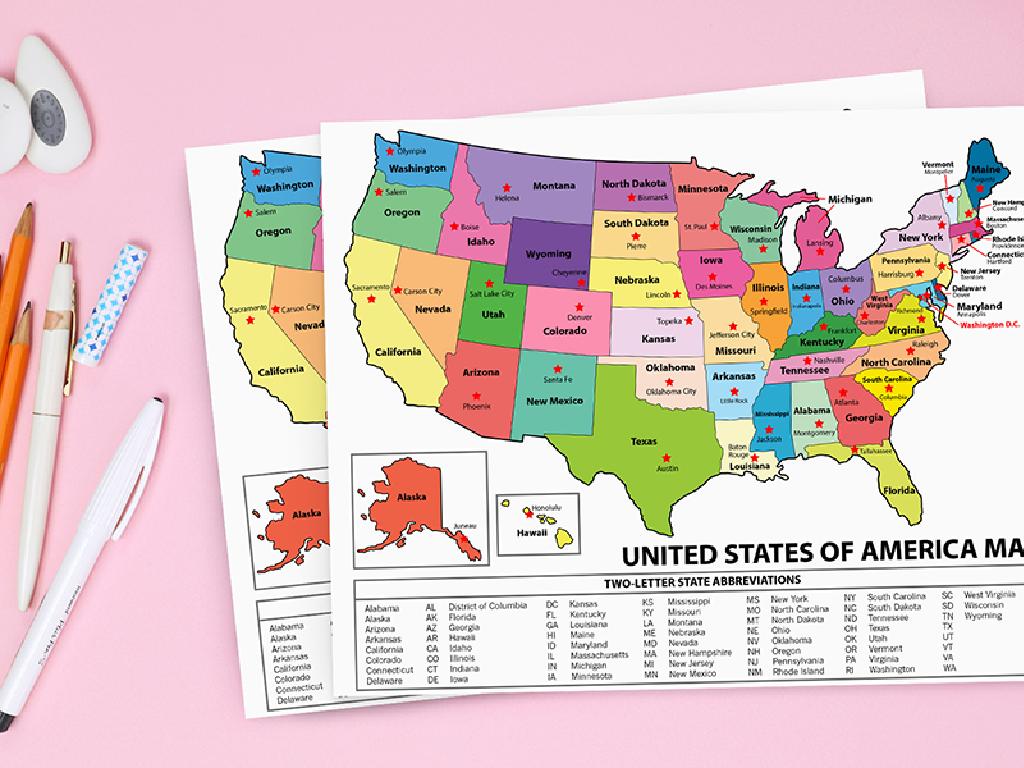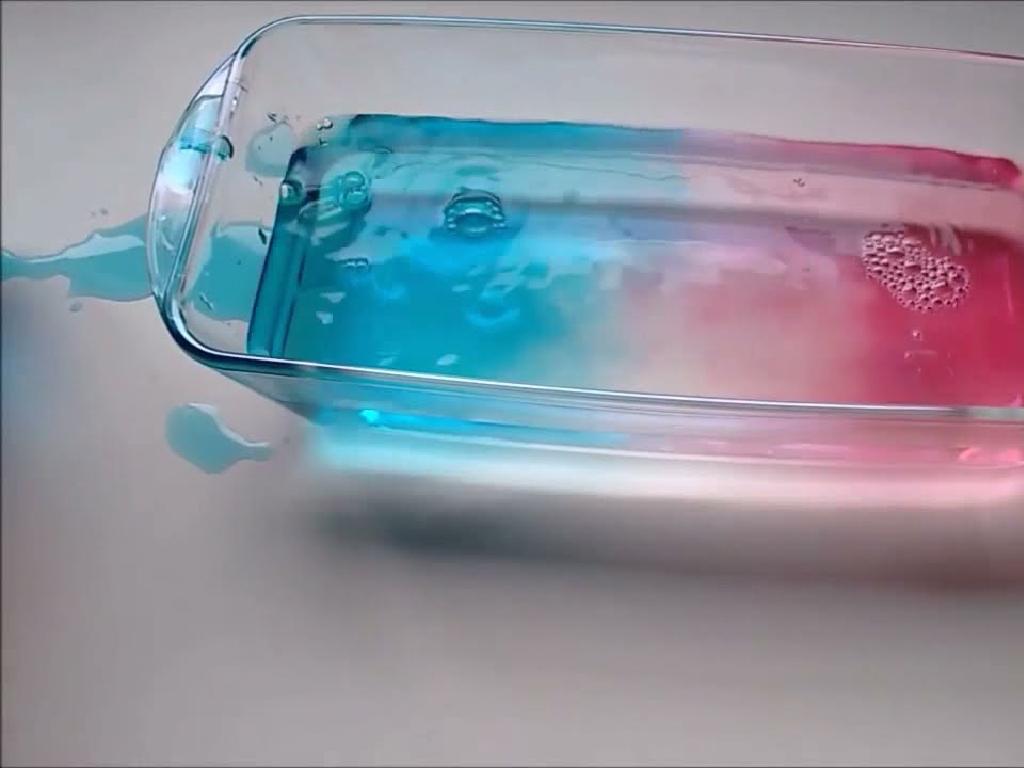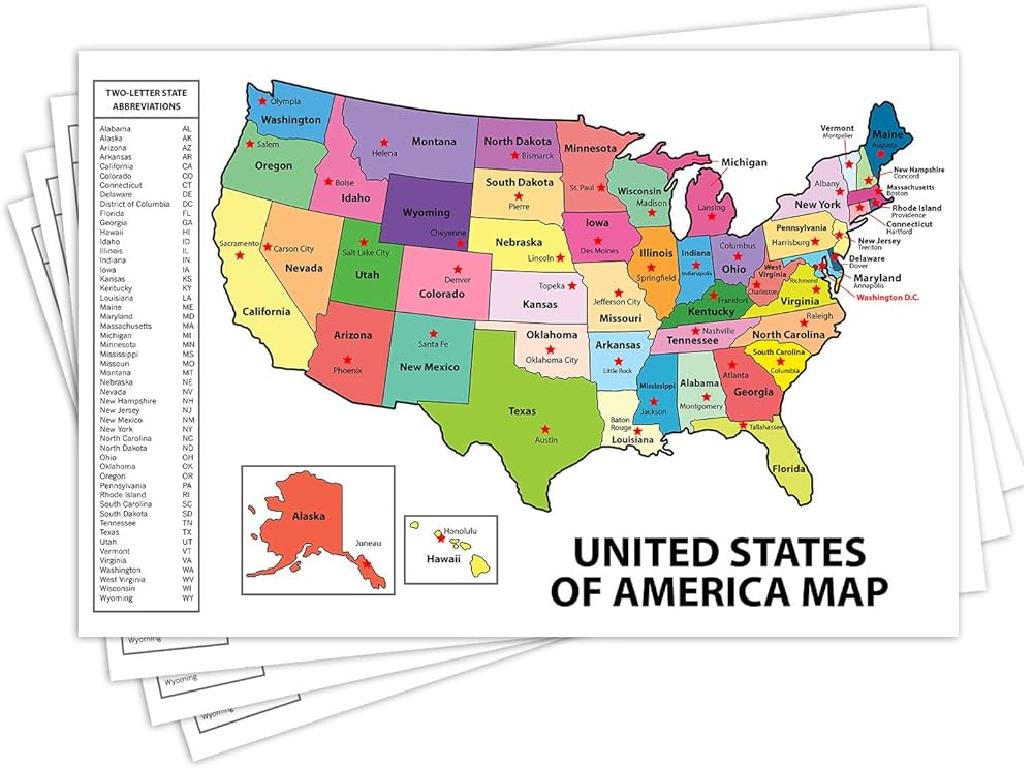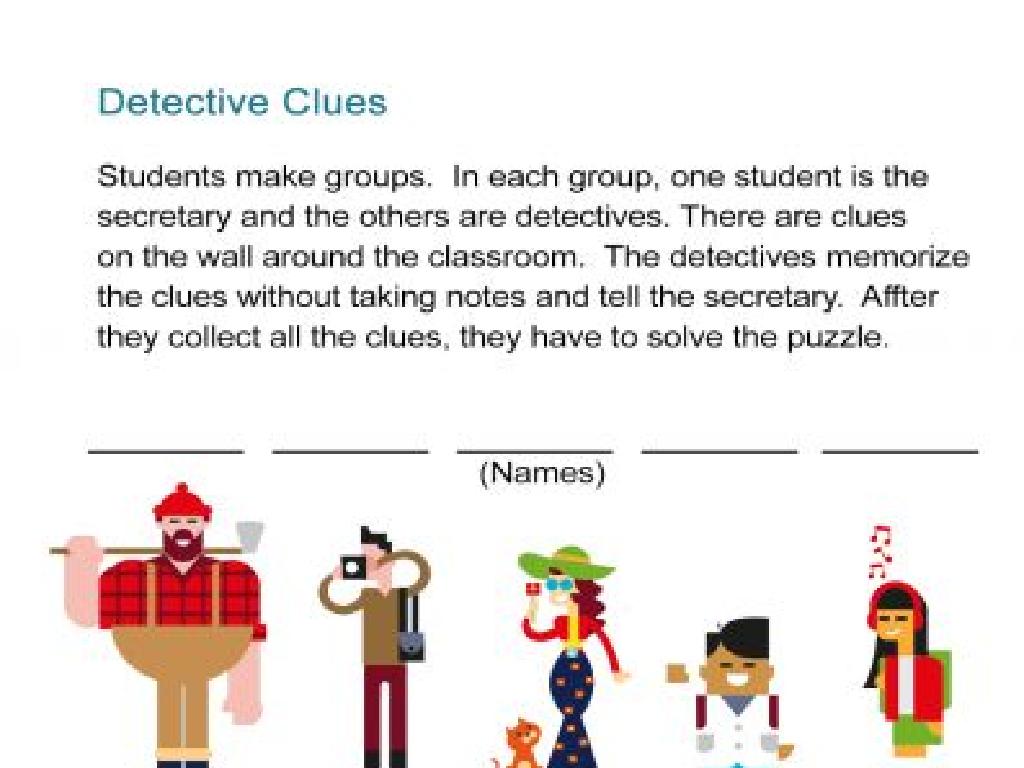Area And Perimeter: Word Problems
Subject: Math
Grade: Fifth grade
Topic: Area
Please LOG IN to download the presentation. Access is available to registered users only.
View More Content
Exploring Area and Perimeter
– Understand area and perimeter
Area is the space inside a shape, perimeter is the distance around it.
– Importance of these concepts
Knowing these helps in everyday tasks like buying carpet or fencing a yard.
– Real-world applications
Used in construction, farming, interior design, and more.
– Engaging with practical examples
|
This slide introduces the fundamental concepts of area and perimeter, setting the stage for their practical applications. Start by explaining that area measures the space within a shape while perimeter is the total distance around a shape. Emphasize the importance of these concepts in real-life scenarios such as home improvement projects or planning a garden. Provide examples like calculating the amount of paint needed for a wall or the length of a fence required for a backyard. Encourage students to think of other ways area and perimeter are used in daily life. This will help them understand the relevance and value of learning these mathematical concepts.
Recap: Understanding Area
– Area represents surface size
– Calculate rectangle area: length x width
– Multiply the length by the width to find the area
– Examples: area in square units
– If a rectangle is 3 units long and 2 units wide, its area is 3 x 2 = 6 square units
– Practice with different rectangles
– Use various lengths and widths to calculate area
|
This slide is a quick recap of the concept of area, aimed at solidifying the students’ understanding. Area is the measure of how much surface an object covers. When calculating the area of a rectangle, students should multiply the length by the width. Provide examples using square units to help visualize the concept. Encourage students to practice with rectangles of different sizes to become comfortable with the calculation. Use graph paper for a hands-on activity where students can count the squares to find the area of given rectangles, reinforcing the concept of length x width.
Exploring Perimeter
– Perimeter: distance around a shape
– Calculating rectangle perimeter
– Add length and width, then multiply by 2
– Classroom objects perimeter activity
– Measure items like books, desks, windows
|
Begin with a quick recap of what perimeter means, emphasizing that it’s the total distance around the edges of a shape. Use simple language to explain the formula for calculating the perimeter of a rectangle. For the classroom activity, provide students with rulers or measuring tapes and have them work in pairs to measure various objects around the classroom. This hands-on activity will help solidify their understanding of perimeter. Possible items to measure could include books, desks, windows, or even the classroom door. Encourage students to record their measurements and calculate the perimeter of each object. Discuss the results as a class afterward.
Solving Area Word Problems
– Read the problem carefully
– Understand what the question is asking
– Find the length and width
– Look for clues to identify dimensions
– Solve the problem step by step
– Use the formula: Area = length x width
– Check your answer
|
This slide is aimed at guiding students through the process of solving area word problems. Start by reading the problem thoroughly to understand what is being asked. Next, identify the length and width; these are usually given in the problem or can be deduced from the information provided. Then, solve the problem using the formula for the area of a rectangle (Area = length x width). Encourage students to write down each step as they calculate the area to avoid mistakes. Finally, remind them to check their answers by reviewing their calculations and ensuring they make sense in the context of the problem. Provide several practice problems for students to apply these steps independently.
Solving Perimeter Word Problems
– Steps to tackle perimeter problems
– Read carefully, draw a figure, label sides, and write the formula.
– Identify sides for perimeter sum
– Ensure all sides are accounted for, even if some are missing initially.
– Example: Calculate a rectangle’s perimeter
– If a rectangle has length 8cm and width 5cm, what’s the perimeter?
– Discuss problem-solving strategies
|
When teaching perimeter word problems, start by explaining the steps to approach these problems: reading the problem carefully, drawing the shape, labeling the sides, and writing down the perimeter formula. Emphasize the importance of identifying all the sides needed for the calculation, including finding missing sides using given information. Work through a sample problem as a class, such as finding the perimeter of a rectangle, to demonstrate the process. Encourage students to discuss and share different strategies they might use to solve perimeter problems. Provide additional practice problems for students to work on individually or in groups.
Let’s Practice Together: Area & Perimeter
– Pair up for problem-solving
– Solve area & perimeter problems
– Use length x width for area and add all sides for perimeter
– Share solutions with the class
– Discuss challenges & findings
– Talk about any tricky parts or cool strategies you used
|
This slide introduces a collaborative class activity focused on solving area and perimeter word problems. Students should work in pairs to encourage teamwork and peer learning. Provide a variety of problems that require them to calculate the area and perimeter of different shapes. After solving the problems, each pair will share their solutions and the methods they used with the rest of the class. This will allow students to learn from each other and to see different approaches to problem-solving. Encourage a discussion on any challenges faced or interesting findings during the activity. Possible activities: 1) Design a dream playground and calculate its area and perimeter. 2) Calculate the area and perimeter of classroom objects. 3) Create a garden plot with specific area and perimeter requirements. 4) Solve a mystery shape challenge by determining missing dimensions from given area or perimeter.
Class Activity: Crafting Area & Perimeter Word Problems
– Form groups & create word problems
– Swap problems with another group
– Solve the exchanged problems
– Present solutions & reasoning
|
This activity is designed to foster collaborative learning and to deepen students’ understanding of area and perimeter through practical application. Divide the class into small groups and provide them with guidelines for creating word problems that involve calculating area and perimeter. Once the groups have created their problems, they will exchange with another group for solving. This peer-to-peer interaction encourages students to think critically about the problems from both the creator’s and solver’s perspectives. After solving, each group will present their solutions and explain the reasoning behind their answers. As a teacher, facilitate the activity by ensuring each group understands the task, monitor their progress, and guide them through problem-solving strategies. Prepare to offer hints or direct assistance if a group is struggling with a concept. This activity not only reinforces mathematical concepts but also enhances communication and teamwork skills.
Wrapping Up: Area and Perimeter
– Recap: Area and Perimeter
– Area is space inside a shape, perimeter is the distance around it.
– Real-life applications
– Designing rooms, fencing yards, laying carpets, or framing pictures.
– Homework: 5 word problems
– Practice applying concepts to real-world scenarios with these problems.
|
As we conclude today’s lesson, remind students of the key concepts of area and perimeter. Area measures the space within a shape, while perimeter is the total distance around a shape. Emphasize how these mathematical concepts are used in everyday life, such as in construction, interior design, and even sports fields. For homework, students are assigned 5 word problems that will help them practice calculating area and perimeter in practical situations. This will reinforce their understanding and prepare them for more complex problems. Encourage students to try visualizing the problems to better understand the context and find solutions.





